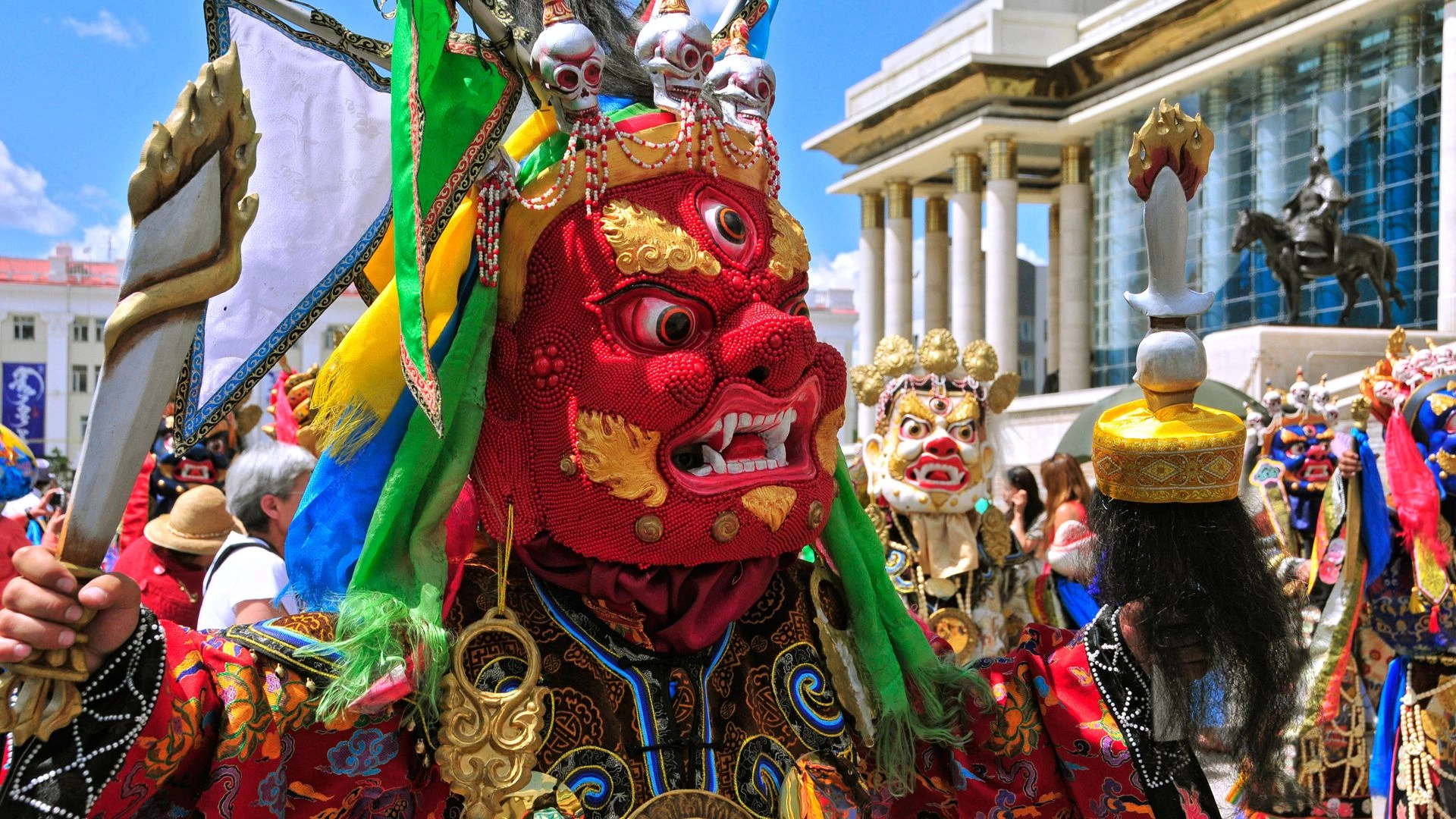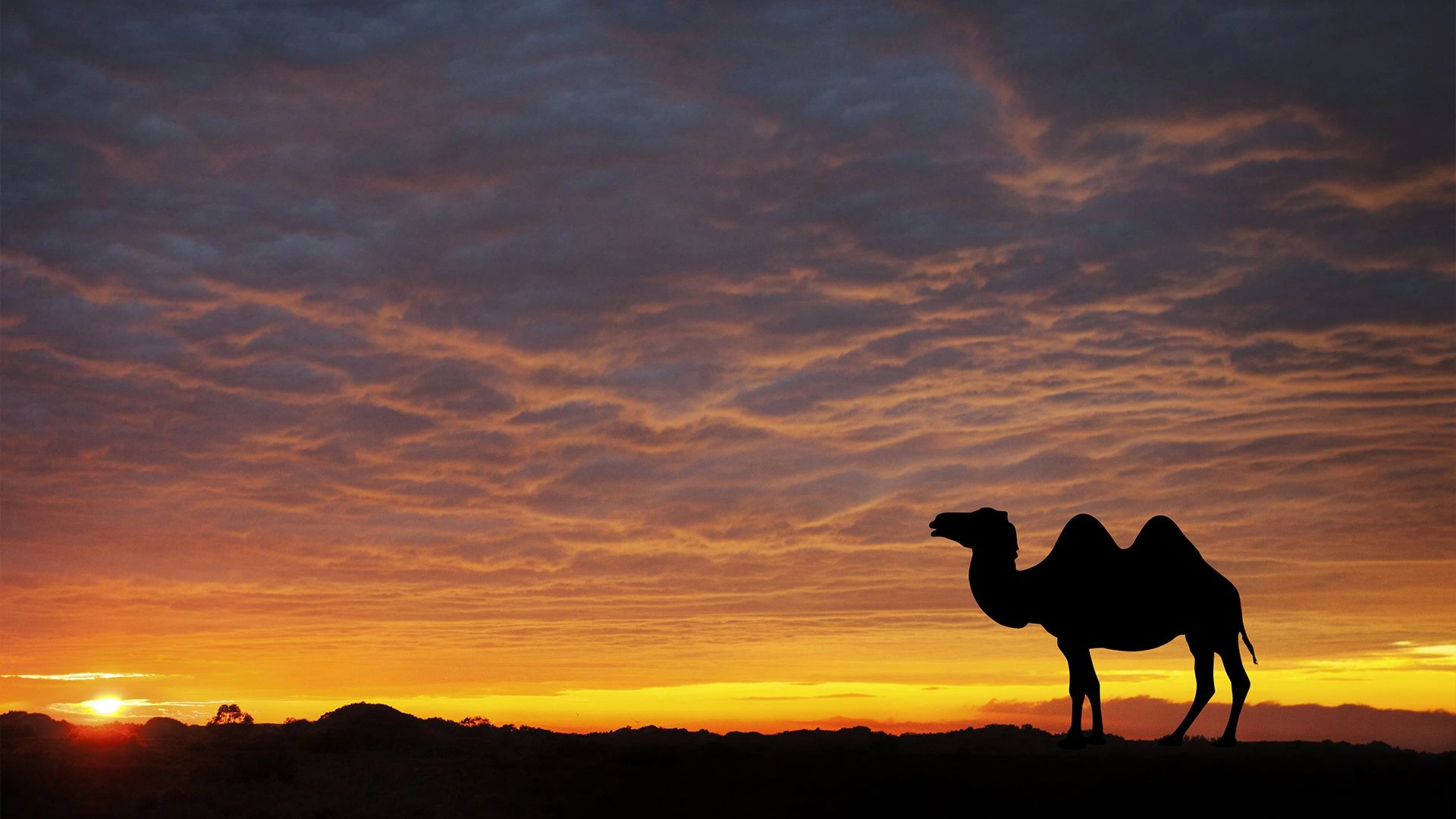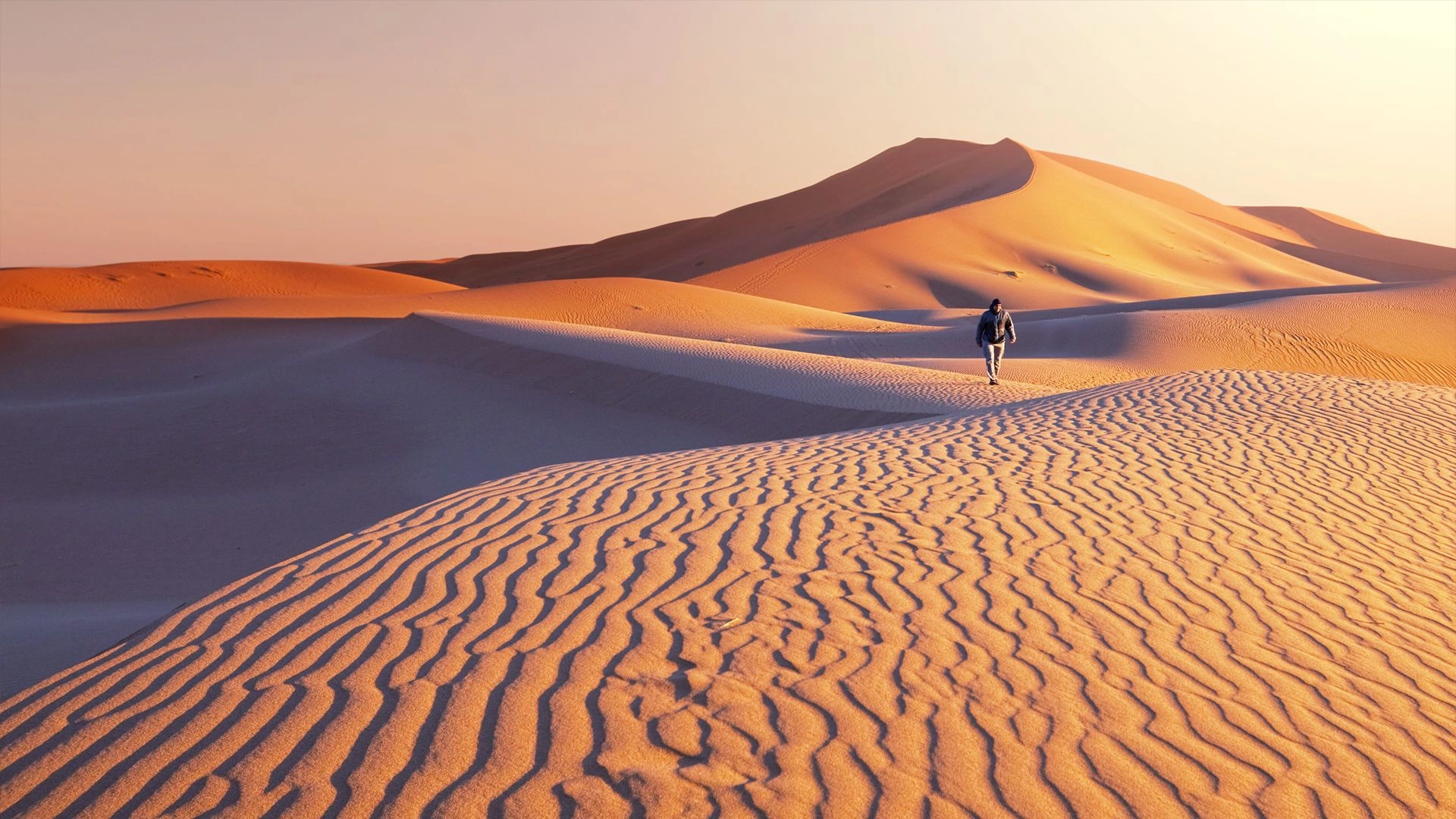Mongolian culture
Mongolia is among the last of the great horse-based nomadic cultures! Like every other nomadic culture, Mongolian culture is well-known for its hospitality. Upon guests’ arrival, traditional offerings and treats are served - dairy products in the summer, and meat in the winter. Traditionally a Mongolian, even during his absence, will leave his ger unlocked, in order to allow any passer-by to rest and enjoy the treats which are left on the table for visitors.
Mongolians traditionally lead a pastoral, nomadic lifestyle. Because of the climate and short growing season, animal husbandry defines the nomadic lifestyle, with agriculture playing a secondary role. Nomads raise five types of animals - goats, sheep, cattle (including yaks), camels and horses - that provide meat, dairy products, transportation, and wool. Of these animals, the horse holds the highest position in Mongolian tales and legends.
As one of the few remaining horse-based cultures left in the world, Mongolians greatly cherish their horses. Outside the capital, the horse is still the main mode of transportation and children begin riding as soon as they can sit up. Nomads are extremely proud of their riding skills, and horse racing is a favorite pastime. Believing the race to be a test of the animal's and not the rider's ability, young children are often the jockeys. The most prestigious tests of these superb animals are the horse races at the Naadam Festival, Mongolia's national games, which take place each July. Families will travel for days to be able to participate or just attend this grand event.
Nomadic families follow a seasonal routine, moving the herds to new grazing land based on the time of year, rather than one of aimless wandering. Historically, each clan had various chosen grazing grounds that were used exclusively by the same clan year after year. This tradition carries on today and families return to the same locations at the same time each year, for example, traveling at the end of each winter from a specific sheltered valley to a particular grazing area on the steppes.
Daily responsibilities are divided evenly among family members and no one person's work is considered more important than another's. Traditionally, men take care of the horses arid, the herds and make saddles, harnesses, and weapons. In addition, they hunt to supplement the traditional diet of dairy products. Women also milk cows, goats and mares (the national drink is airag - fermented mare's milk). Despite their enterprise, however, Mongolians are not self-sufficient. Since ancient times, they have traded with surrounding civilizations for grain, rice, tea, silk, cotton etc. Women's responsibilities include cooking, taking care of the children and making clothing (the traditional Mongolian costume is the ankle-length silk del).



